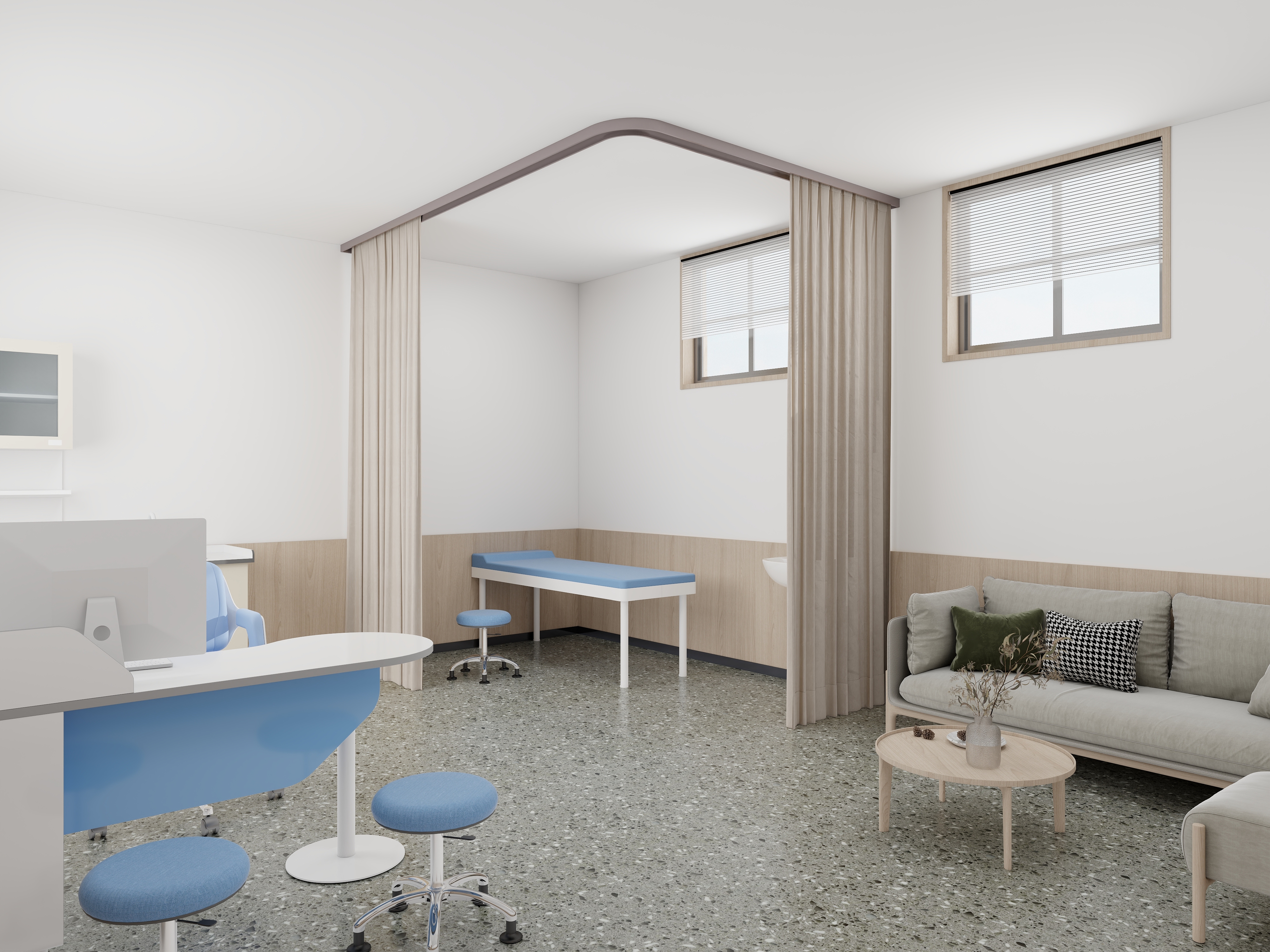Mastering the Art of Adjustment and Operation: A Guide to Medical Furniture
Medical furniture plays a vital role in providing comfort, support, and functionality in healthcare settings. From adjustable hospital beds to examination chairs, understanding the adjustment and operation methods of medical furniture is crucial for healthcare professionals to deliver quality patient care. In this article, we'll explore the essential techniques and best practices for effectively adjusting and operating various types of medical furniture.

1. Hospital Beds:
Hospital beds are among the most versatile pieces of medical furniture, offering a range of adjustment options to accommodate patient needs. The adjustment methods typically include:
- Height Adjustment: Most hospital beds feature a mechanism to raise or lower the height of the bed frame, allowing healthcare providers to facilitate patient transfers and provide easy access for patient care tasks.
- Head and Foot Elevation: Hospital beds often include controls to adjust the angle of the head and foot sections independently. This feature is beneficial for enhancing patient comfort, promoting circulation, and facilitating therapeutic positioning.
- Side Rail Adjustment: Some hospital beds come equipped with side rails that can be raised or lowered to enhance patient safety and prevent falls. Ensure that side rails are securely locked in place after adjustment to prevent accidents.
- Trendelenburg and Reverse Trendelenburg Positions: Advanced hospital beds may offer Trendelenburg and reverse Trendelenburg positions, which involve tilting the entire bed frame to facilitate procedures such as surgery or postural drainage.

2. Examination Chairs:
Examination chairs are designed to provide support and stability for patients during medical examinations or procedures. The adjustment methods for examination chairs may include:
- Height Adjustment: Similar to hospital beds, examination chairs often feature height adjustment mechanisms to accommodate patients of different sizes and facilitate healthcare provider access.
- Backrest Recline: Many examination chairs allow for adjustment of the backrest angle to provide optimal patient positioning and comfort during examinations or treatments.
- Legrest Elevation: Some examination chairs come equipped with legrests that can be raised or lowered to support the lower extremities during procedures such as gynecological exams or minor surgeries.
3. Treatment Tables:
Treatment tables are versatile pieces of furniture used in various medical settings, including physical therapy, chiropractic care, and massage therapy. The adjustment methods for treatment tables may include:
- Height Adjustment: Treatment tables typically feature height-adjustable legs to accommodate patient and healthcare provider preferences.
- Sectional Adjustments: Advanced treatment tables may offer multiple sections that can be independently adjusted to facilitate specific treatments or patient positions. These sections may include the headrest, backrest, legrest, and pelvic tilt.
- Mobility and Accessibility: Some treatment tables are designed with built-in casters or wheels for easy mobility within healthcare facilities. Ensure that locking mechanisms are engaged when the table is stationary to prevent unintended movement.
4. Wheelchairs:
Wheelchairs are essential mobility aids for patients with mobility impairments, providing independence and accessibility. The adjustment and operation methods for wheelchairs may include:
- Seat Height Adjustment: Many wheelchairs feature adjustable seat heights to accommodate different user preferences and facilitate transfers to and from other surfaces.
- Armrest and Footrest Adjustment: Wheelchairs often allow for adjustment of the armrest height and angle, as well as the footrest height and angle, to promote comfort and support for users.
- Wheel Locks: Wheelchairs are equipped with wheel locks or brakes that allow users or caregivers to secure the wheelchair in place during transfers or stationary activities.
Understanding the adjustment and operation methods of medical furniture is essential for healthcare professionals to provide safe, comfortable, and effective patient care. By mastering these techniques and adhering to best practices, healthcare providers can optimize the functionality and usability of medical furniture to enhance patient outcomes and satisfaction.

